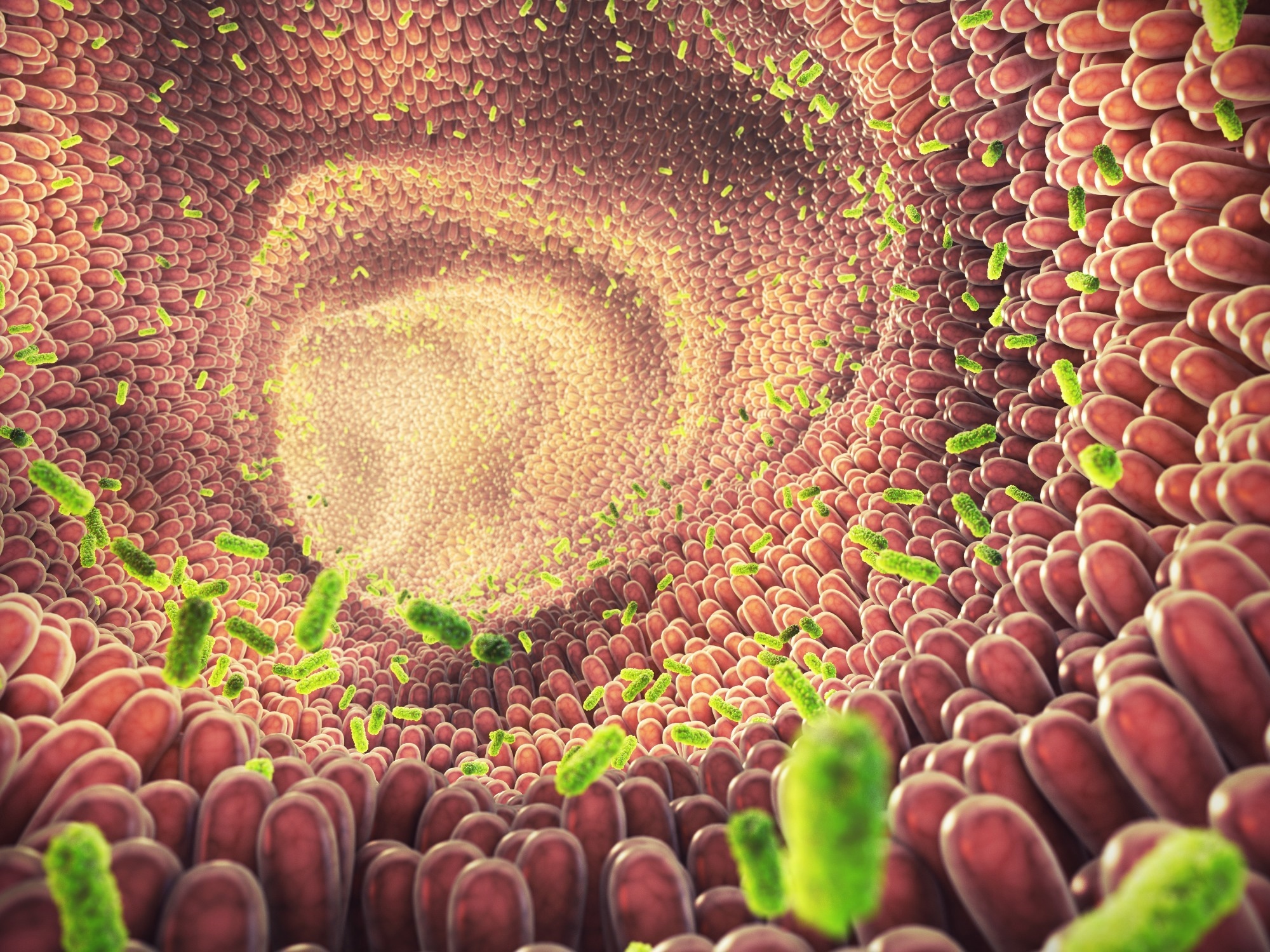In a contemporary find out about revealed in Nature Biotechnology, researchers reported on AGORA2, a ramification in their in the past revealed useful resource, AGORA, each assets of genomewide metabolic reconstructions of human intestinal microbes.

Human intestinal microbes synthesize organic metabolites, together with neurotransmitters, hormones, and short-chain fatty acids, and metabolize a number of drugs, ensuing within the activation or inactivation, and cleansing of the medicine. Precision remedies accounting for genetics, microbes, and vitamin want an in-depth figuring out of drug metabolism via intestinal microbes, intestine microbiota taxa, and the stoichiometry of drug transformations. The AGORA useful resource, in the past reported via the authors, incorporates 773 genomewide reconstructions of 65 human intestinal microbes of 14 phyla.
In regards to the find out about
Within the provide find out about, researchers introduced AGORA2, comprising metabolically reconstructed genomes, for the proper seize of microbe-specific potentials.
Newly reconstructed microbes have been decided on, and their full-genomic sequences of four,185 human gut microbial traces have been retrieved from the PubSEED database. As well as, 1,324 microbial traces throughout 127.0 genomes of mice-related traces recognized from a literature seek have been integrated. Additionally, 26.0 genomes of the traces of Eggerthella lenta, retrieved from the nationwide middle for biotechnology knowledge (NCBI) database, and 761.0 human microbiota genomes to be had in HBC (Human Gastrointestinal Micro organism Tradition Assortment) have been integrated.
Comparative genomics research was once carried out to refine metabolic pathways and genetic annotations manually. Following this, 34 metabolic subsystems have been curated, and sequence-based gap-filling was once carried out the use of the bidirectional best-hit (BBH) method. Drug metabolic genes have been annotated, the PubMed database was once searched, and knowledge have been got from 732 papers and bigger than 8,000.0 pages of related textbooks. The tension taxonomy was once categorized in line with the NCBI database taxonomy. Knowledge on habitat, morphology, gram standing, measurement, metabolism, oxygenation standing, genomic measurement, and motility have been retrieved manually from the IMG/M (built-in microbial genomes and microbiomes) database.
Due to this fact, draft genomic reconstructions have been ready the use of the KBase database. The DEMETER (data-driven metabolic community refinement) semiautomated, data-driven refinement pipeline was once revised, high quality keep an eye on experiences have been generated, and 15 microbial enzymes (retrieved from a literature seek), encoded via 25 genes have been analyzed. The constructions of 287 drug metabolites and drug degradation merchandise have been retrieved from 73 peer-reviewed papers, the human metabolome (HMDB) database, DrugBank, and the Transformer database. For a complete of 98 drugs, 353 metabolites, 381 enzyme-involving reactions, 373 interchange-type reactions and 710 transportation-type reactions have been formulated.
Atom-atom mapping research was once carried out for five,583 (65.0%) reactions captured, and molecular simulations have been carried out. Seventy-two totally manually designed reconstructions have been downloaded from the BiGG database, and reconstructions have been generated. Flux and stoichiometrically constant reactions have been assessed, and the effects have been validated the use of datasets comparable to NJC19, the BacDive database, and the dataset of the find out about via Madin et al. Drug yields have been assessed, and shadow value research was once carried out. As well as, a dataset of 365 Eastern CRC (colorectal most cancers) sufferers and 251 wholesome people have been integrated, and neighborhood modelling was once carried out for estimating drug metabolizing attainable. Additional, a sensitivity research was once carried out via recomputing the drug-metabolizing capacities in accordance with Eu diets quite than Eastern diets.
Effects
AGORA 2 comprised microbial reconstructions for 7,302 intestinal microbial traces, 1,738 species and 25 phyla, appearing a high quality keep an eye on rating of 73% and top accuracy towards the experimental impartial datasets. The findings indicated that AGORA2 reconstructions can be utilized independently or in combination for investigating microbial metabolism and host–microbiota co-metabolism in silico. The fashions derived from AGORA2 seize taxon-specific metabolic characteristics of the reconstructed microorganisms.
The AGORA2 useful resource reconstructions captured established options of microbes neatly, out-competing different semi-automated reconstructions of microbial traces, and have been related to manually curated reconstructions. AGORA2 carried out particularly neatly when it comes to estimating the consumption and secretion of drug metabolites. All 5,438 analyzed microbial traces carried ≥1.0 drug-metabolizing enzyme. The estimated drug-metabolizing potentials estimated have been validated towards the experimental datasets for 253 drug–microorganism pairs. The findings indicated that the transporters and enzymes excited by drug metabolism are allotted extensively, with crucial strain- and phyla-specific variations.
Particularly, 97.0% of the microbes have been mapped the use of AGORA2 (compared to 72.0% the use of the AGORA useful resource). For enzymes comparable to dopamine dehydroxylase and dihydropyrimidine dehydrogenase, the drug transformation skill correlated much less with the profuseness of drug-metabolism reactions, indicating metabolic roadblocks restricted via flux. The in silico research confirmed that almost all of the drugs have been metabolized qualitatively via ≥95.0% of the microbiota; alternatively, handiest 53.0% metabolized digoxin, and 86.0% and 46.0% metabolized levodopa to generate dopamine, and tyramine, respectively, and required Eggerthella lenta for the reactions.
All aside from 3 microorganisms confirmed activated balazide towards inflammatory bowel dysfunction by the use of azoreductase actions. The instance of balsalazide showcases the usage of AGORA2 for informing analysis and facilitating adapted treatment. The sensitivity research findings indicated that the features of drug metabolism have been unaltered for the medicine, and subsequently, powerful for nutritional obstacles. Then again, substantial particular person variations in drug-metabolizing capability, without reference to sickness standing, existed because of unique microbial compositions. AGORA2-based neighborhood modeling may just estimate the course of species metabolite associations for a number of metabolites.
Total, the find out about findings highlighted AGORA2 as a useful resource for estimating the drug conversion capacity of intestinal microbes, and growing custom-made, intestinal microbial drug metabolism remedies for colorectal most cancers sufferers and keep an eye on people.
Supply Via https://www.news-medical.web/information/20230126/Researchers-report-on-a-genome-wide-reconstruction-of-human-microbes-to-develop-personalized-therapies.aspx



